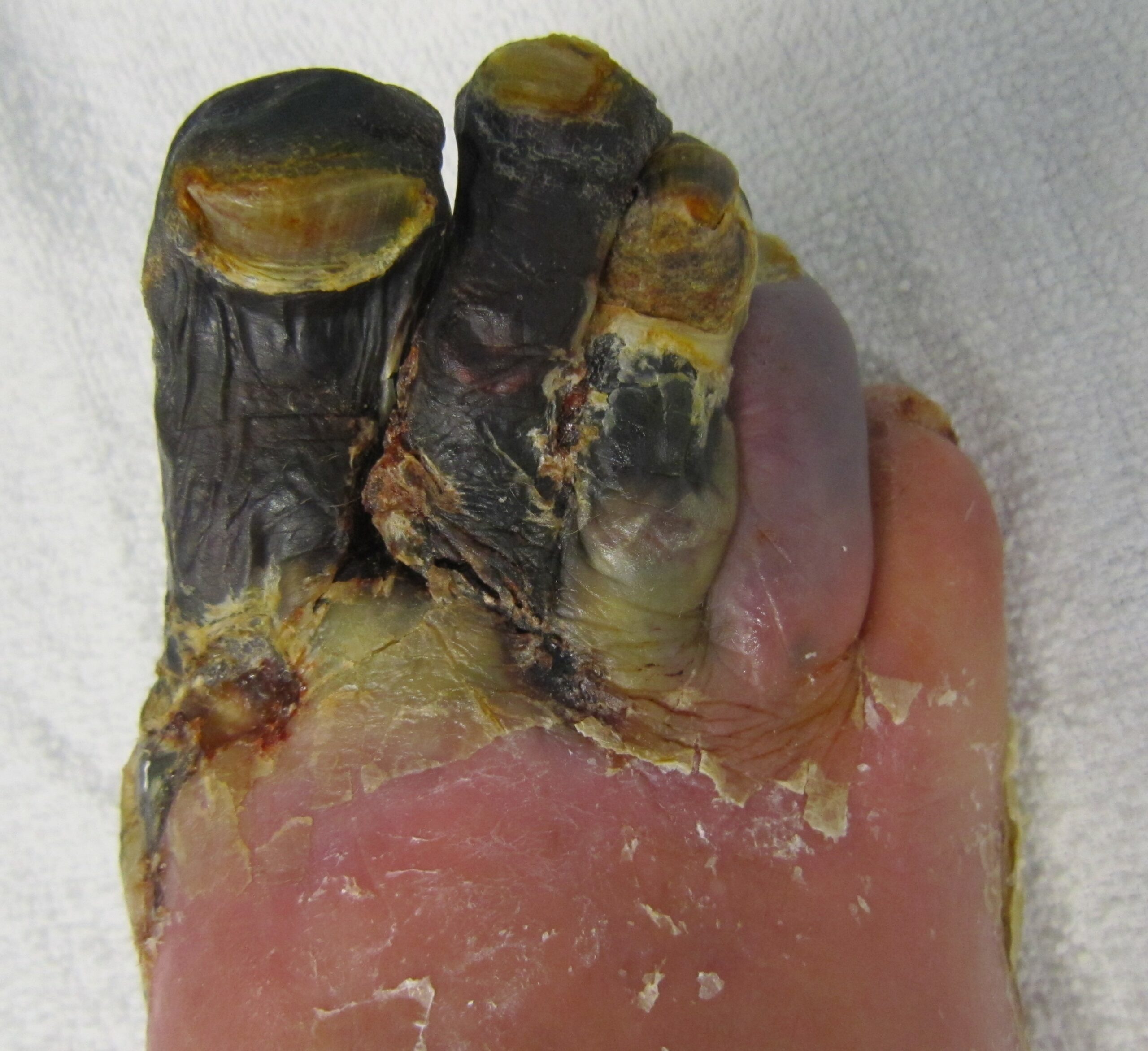Buerger’s Disease: Symptoms, Causes & Treatment
What are the symptoms of Buerger’s disease?
Buerger’s disease, also known as thromboangiitis obliterans, is a rare disease that affects the blood vessels in the arms and legs. The main symptoms include:
- Pain and discomfort in the extremities:
- Severe pain in the legs, feet, arms or hands, even at rest
- Pain is often worse with exercise or exposure to cold
- Tissue ischemia (lack of blood supply):
- Coldness, numbness or tingling in the fingers or toes
- Skin discoloration or bluish tinge
- Weak or absent pulse in the affected limbs
- Open sores or ulcers:
- Non-healing ulcers or gangrene may develop on the fingers, toes or limbs due to poor circulation
- Claudication (leg cramping):
- Muscle pain, cramping or fatigue in the calves, thighs or buttocks when walking
- The fingers or toes may turn white, then blue, then red with exposure to cold temperatures
- Affected nails:
- Nails on toes or fingers may become thickened, cracked or deformed
The symptoms typically begin in the hands and feet, but can progress to affect larger portions of the extremities over time if not treated. Flare-ups and remissions are common.
Other associated symptoms may include fever, joint pain, unintended weight loss and generalized fatigue. Symptoms usually start before age 45 and are often worse in winter months.
Other associated symptoms may include fever, joint pain, unintended weight loss and generalized fatigue. Symptoms usually start before age 45 and are often worse in winter months.
What are the causes of Buerger’s disease?
Buerger’s disease, or thromboangiitis obliterans, is caused by an abnormal inflammatory and vascular response to cigarette smoking or exposure to tobacco products. The exact underlying mechanisms are not fully understood, but the main causes include:
- Tobacco use
Heavy cigarette smoking or use of other tobacco products is considered the primary trigger for Buerger’s disease. The disease does not occur in non-smokers. - Inflammatory response
Tobacco exposure appears to provoke an abnormal inflammatory reaction in the blood vessels, especially the small and medium-sized arteries and veins of the extremities. - Vascular changes
The inflammation leads to swelling, clotting, and eventual blockage and narrowing (obliteration) of the affected blood vessels. This reduces blood flow to the tissues. - Autoimmune mechanisms
Some research suggests an autoimmune component may play a role, where the body’s immune system attacks its own cells lining the blood vessels. - Genetic susceptibility
While not fully defined, genetic factors seem to make some heavy smokers more prone to developing this abnormal vascular inflammatory response than others.
The underlying disease process involves recurring cycles of acute inflammation in blood vessel walls, leading to their progressive blockage over time if tobacco exposure continues. Eliminating all tobacco use is critical to halting the disease progression.
Other potential risk factors being studied include marijuana smoking, use of certain oral contraceptives, and vascular endothelial cell abnormalities. However, tobacco remains the established primary causative agent.
What is the treatment for Buerger’s disease?
The main treatment for Buerger’s disease (thromboangiitis obliterans) focuses on complete cessation of tobacco use and improving blood flow to the affected areas. The treatment approaches include:
- Smoking cessation
This is absolutely critical, as continued smoking will cause the disease to rapidly progress. Counseling, nicotine replacement therapy, and medications can help patients quit smoking. - Medications
- Vasodilators like cilostazol to improve blood flow
- Anticoagulants or antiplatelets (clopidogrel, aspirin) to prevent clots
- Analgesics for pain management
- Antibiotics for any associated infections
- Revascularization procedures
- Angioplasty and stents to open blocked blood vessels
- Bypass grafting surgery to re-route blood flow around blockages
- Sympathectomy (surgical severing of sympathetic nerves) to increase blood supply
- Wound care
- Meticulous cleaning and dressing of any ulcers or gangrene
- Hyperbaric oxygen therapy for non-healing wounds
- Debridement or amputation in severe cases
- Exercise therapy
Supervised exercise programs can promote development of collateral blood vessels. - Avoiding cold temperatures
Cold can exacerbate symptoms by constricting blood vessels. - Discontinuing other vasoconstrictive medications
Drugs that cause vasoconstriction should be stopped if possible. - Amputation
In very advanced cases with severe tissue death, amputation of affected limbs may be required.
Prognosis improves significantly if tobacco use is stopped entirely in the early stages. However, permanent damage and risk of amputation increases with disease progression.
Early diagnosis and prompt tobacco cessation provide the best chance for responding to treatments that improve circulation and prevent further vascular complications.




